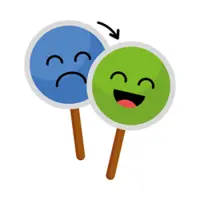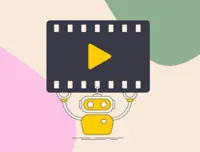In this file photo taken on Dec 8, 2022, in the waters off Vaasa, Finland, a plastic bottle is floating below a layer of ice. Research published on March 8, 2023, found that there are an estimated 170 trillion pieces of plastic, mainly microplastics, on the surface of the world's oceans today, much of it discarded since 2005. — AFP
A new study released on March 8, 2023, warns that plastics consumption could double by 2050.
That’s not great.
Already a subscriber? Log in
Save 30% OFF The Star Digital Access
Cancel anytime. Ad-free. Unlimited access with perks.





